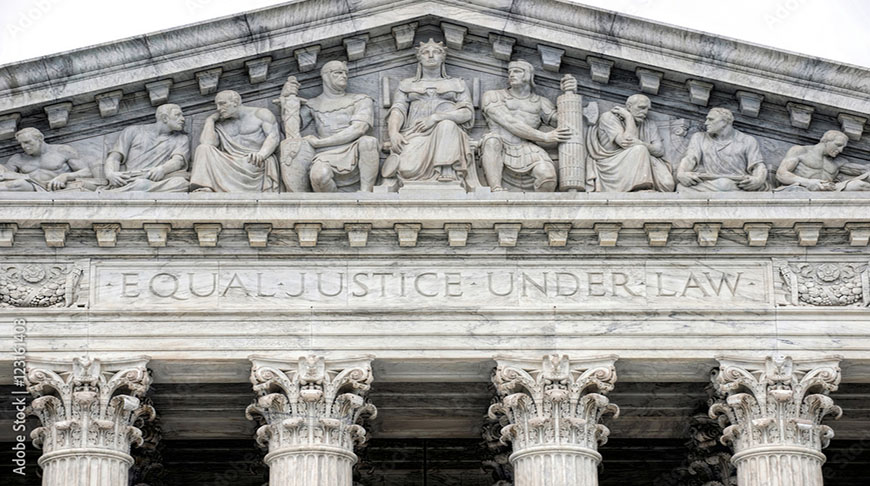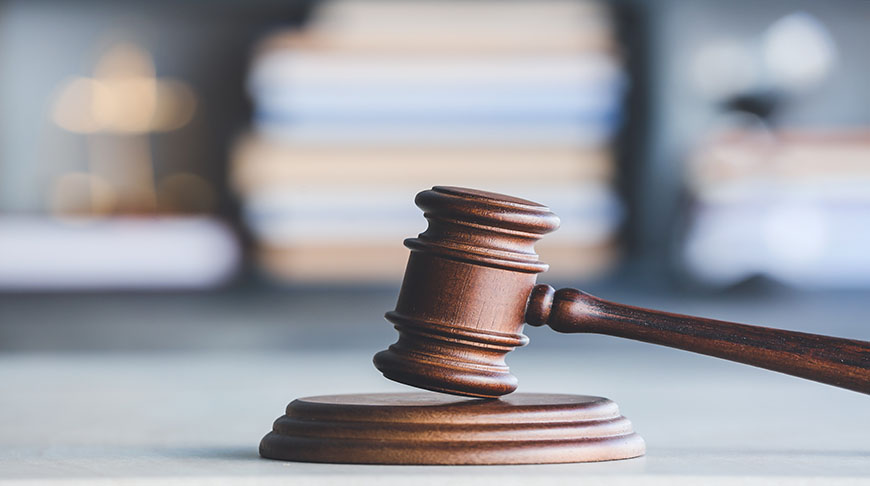The Supreme Court grapples with patent enablement
- March 28, 2023
- Snippets
The Supreme Court heard oral arguments in Amgen v. Sanofi yesterday in an extended session with arguments from the parties and the U.S. government.
The Justices showed a great deal of interest, albeit with some difficulty, in making sure that they properly understood the complexity of the genus at issue. Justice Thomas, for example, returned to the question at the end of petitioner’s counsel’s time requesting clarification. The Justices asked both parties’ counsel whether this was at root a factual issue, Justice Gorsuch specifically asking respondent’s counsel whether there was any dispute on the law (as opposed to how the law had been applied to the facts at the Federal Circuit).
As often happens in arguments before the Court, analogies abounded, with petitioner arguing that James Watt did not need to disclose every possible embodiment of a steam engine to enable claims to one. The petitioner’s argument motivated Justice Thomas to remark that this case was perhaps more akin to claiming using steam pressure to produce mechanical work, much like Claim 8 in the Morse patent invalidated in O’Reilly v. Morse (i.e., using electricity to produce “writing at a distance”). The respondent’s counsel used as an analogy claims to paints of different colors, where if robin’s egg blue paint was disclosed it would be enabled whereas it would not if the public needed to make mixtures of different dyes and wait to find one that produced that color. Even the Court (Justice Kavanaugh) raised the government’s analogies in its brief to recipes for cake, bread, and stew.

Two amicus briefs were discussed, one by Professor Lemley and the other by Sir Gregory Winter, the latter brief being sufficiently (potentially) persuasive on the underlying scientific facts that the petitioner’s counsel characterized it as “the functional equivalent of an expert report,” while the government’s counsel noted that in footnotes to two recent papers Professor Lemley had suggested that Amgen’s claims could be invalid for non-enablement.
Justice Jackson evinced an appreciation regarding the burdens of proof below and the issue of whether the District Court and the Federal Circuit had properly overruled the jury determination that respondents had not satisfied the clear and convincing evidence standard. The petitioner’s counsel stated that the respondents had not shown even one antibody falling within the scope of the claim that could not have been made using the “roadmap” in Amgen’s specification. The respondent’s counsel relied on the “millions and millions” of antibodies that fall within the scope of Amgen’s claims and the amount of trial-and-error experimentation needed to produce them. In this regard Justice Gorsuch expressed agreement with the respondent’s counsel that the cumulative effort needed to produce all species in a claimed genus is not dispositive but a relevant consideration.
While the government’s argument paralleled the respondent’s, the assistant solicitor general emphasized the amino acid sequence as the “recipe” for an antibody, without which a claim is not properly enabled (“it really is that simple”). The government also referred to the doctrine of equivalents as the proper way under the statute to protect antibodies structurally indistinct enough from the expressly recited antibodies to be deemed infringing.
The government also agreed with Justice Kavanaugh that an affirmance would quell arguments that the Federal Circuit had erred and leave any further remedy to Congress.
Both the respondent’s counsel (jokingly) and the assistant solicitor general (more earnestly) suggested that the court dismiss the certiorari writ as having been improvidently granted (which the petitioner’s counsel warned would have the same consequence as an affirmance, mentioning that the PTAB had relied on the Federal Circuit’s decision in two recent cases). The Justices’ focus on the factual predicates of the case makes this outcome not as unlikely as it might otherwise be.
In view of the argument, if the Court does rule, it is likely to provide “guidance” (as requested by the petitioner) on the proper scope of the inquiry (without rejecting the “full scope” test per se) and send the matter back to the Federal Circuit on remand for reconsideration on that basis.

